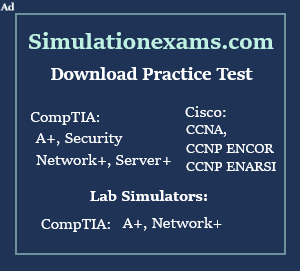Wireless Broadband Technologies: Advantages Of Wimax
There are several key protocols and standards that are used as part of the overall WiMAX security strategy:
- PKMv2: This is the Privacy Key Management Protocol version 2. This is used as a key management protocol for the encrypted and authorized exchange of crypto keys for multicast and broadcast traffic.
- EAP: This is the Internet Engineering Task Force, Extensible Authentication Protocol. This protocol is used for device and user authentication.
- EAS: This is the Advanced Encryption Standard. This is used for encrypting the over the air traffic.
During the operation of the system, the various WiMAX security measures are brought in to play at the various required stages.
- WiMAX security authentication: Authentication is the ability of the network to ensure that the subscriber and subscriber devices are legitimate users and devices to be connected to the network. Network entry authorization uses EAP because it provides a flexible and scalable framework for authentication of the user and devices.
- WiMAX security encryption: The EAS encryption is used for encrypting over the air traffic. The WiMAX security approach utilizes uses Counter Mode with Cipher Block Chaining Message, CCM, and authentication code. With AES CCM, the sender generates a unique value per packet and sends this value to the receiver. This prevents man-in-the-middle attacks because they would have difficulty in substituting the traffic. An additional measure introduces the use of Traffic Encryption State machine, which uses a periodic key refresh mechanism to provide for the continued transition of keys.


